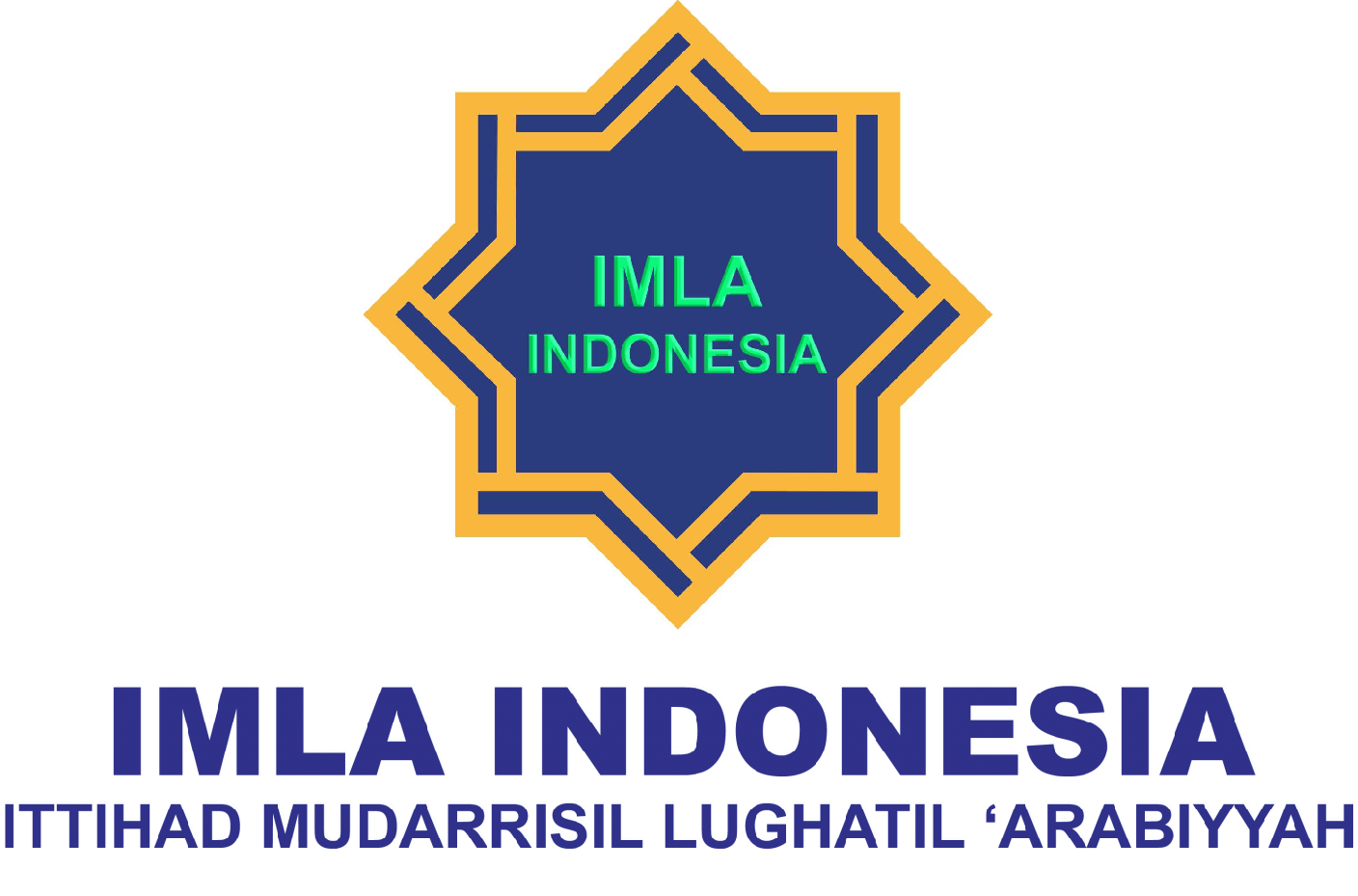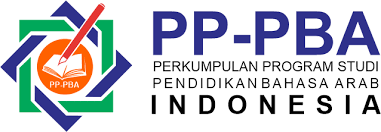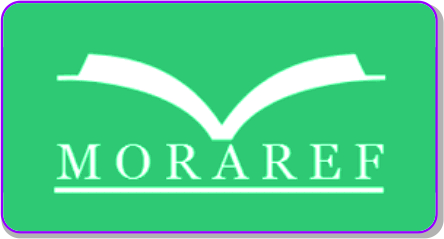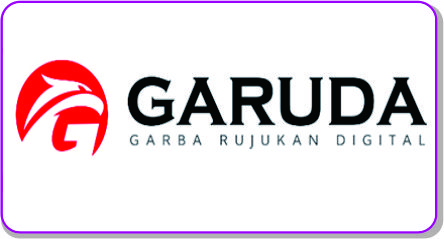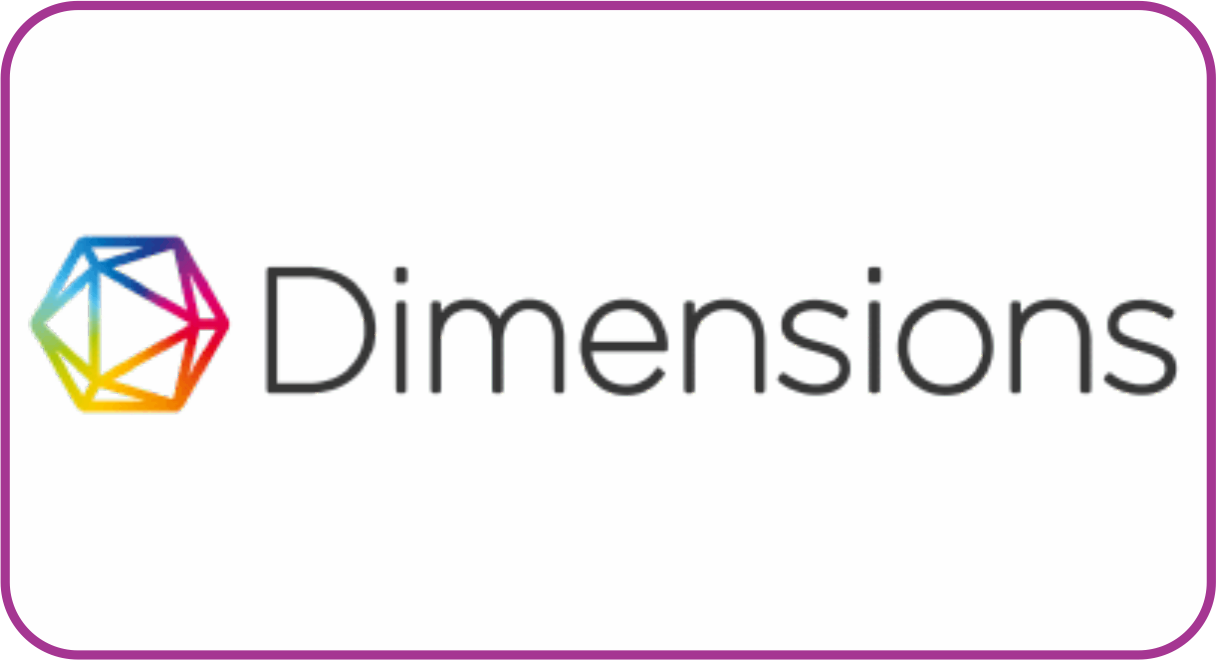Taṭwīr Mahārāt al-Istima’ min Khilāl Manhaj al-Ta'allum al-Qā’im 'ala al-Mushkilāt bi Wasāil al-I'lām al-Tilifizyūni al-Tafū'uli
DOI:
https://doi.org/10.30983/huruf.v4i2.8879Keywords:
Listening skills, television, Problem Based LearningAbstract
The aim of this study is to explain the implementation of problem-based learning (PBL) in developing listening skills (maharah istima’) using television as a medium at the As-Sunnah Islamic College, Deli Serdang. This research employs a qualitative method with a phenomenological approach. Data collection techniques include observation, interviews, documentation, and data analysis, which encompasses data reduction, data analysis, and drawing conclusions. The focus of the study is on the planning, implementation, and evaluation of learning activities through the application of problem-based learning to enhance maharah istima’ using television as a medium. The findings indicate that problem-based learning in developing maharah istima’ with television as a medium begins with the preparation of a semester learning plan, which is a crucial step to ensure that the learning process is structured and aligned with the intended learning outcomes. The implementation consists of five stages: (1) problem orientation by explaining the thematic issues using television broadcasts; (2) organizing students into small groups; (3) guiding students, either in groups or individually, to gather information; (4) developing solutions, where each group presents their analysis and proposed solutions; and (5) evaluating the learning process by both lecturers and students.
الهدف من هذه الدراسة هو شرح مفهوم التعلم القائم على حل المشكلات في سياق تحسين مهارات الاستماع من خلال استخدام وسائل الإعلام التلفزيونية في جامعة السنة الإسلامية بدلي سردانج، تستخدم الدراسة منهجية البحث النوعي، باستخدام إطار الظواهر، حيث تشمل تقنيات جمع البيانات الملاحظة والمقابلات والتوثيق وعملية تحليل البيانات متعددة الأوجه التي تشمل تقليل البيانات والتحليل المنهجي وصياغة الاستنتاجات. ركز هذا البحث على تخطيط وتنفيذ وتقييم الممارسات التعليمية التي تتضمن التعلم القائم على حل المشكلات بهدف النهوض بالمهارة المنشودة من خلال وسيلة التلفزيون. تشير نتائج البحث إلى أن المراحل الأولى من تطوير التعلم القائم على حل المشكلات لتحسين استخدام وسيلة التلفزيون تبدأ بصياغة خطة التعلم للفصل الدراسي، وهي خطوة مهمة في ضمان توافق عمليات التعلم المنظمة مع النتائج التعليمية المحددة مسبقًا. يتم تفعيل العملية من خلال خمس مراحل مختلفة: تتضمن المرحلة الأولية توجيه المشكلات، حيث يتم شرح المشكلات الموضوعية من خلال البث التلفزيوني؛ تتضمن المرحلة الثانية تنظيم الطلاب في عدة مجموعات صغيرة؛ المرحلة الثالثة توفر التوجيه للطلاب، إما بشكل جماعي أو فردي، لغرض جمع المعلومات؛ المرحلة الرابعة، المعروفة باسم تطوير النتائج، تتطلب من كل مجموعة تقديم نتائجها التحليلية والحلول المقترحة؛ وتشمل المرحلة الخامسة تقييم التعلم العملية التي أجراها كل من المحاضرين والطلاب.
References
Anwar, Md Nurul, ‘Acquisition of Skills for Listening Comprehension: Barriers and Solutions’, International Journal of English Language and Literature Studies, 7.3 (2018). doi:10.18488/journal.23.2018.73.50.54
Ayyat, Amjed, and Asma Al-Aufi, ‘Enhancing the Listening and Speaking Skills Using Interactive Online Tools in the HEIs Context’, International Journal of Linguistics, Literature and Translation, 4.2 (2021). doi:10.32996/ijllt.2021.4.2.18
Chueh, Hao-En, and Chang-Yi Kao, ‘Exploring the Impact of Integrating Problem Based Learning and Agile in the Classroom on Enhancing Professional Competence’, Heliyon, 10.3 (2024). doi:10.1016/j.heliyon.2024.e24887
Fathoni, Muhamad, ‘Pembelajaran Maharah Istima’, Ihtimam: Jurnal Pendidikan Bahasa Arab, 1.1 (2018). doi:10.36668/jih.v1i1.162
Hijriyah, Umi, Syarifudin Basyar, Koderi Koderi, Erlina Erlina, Muhammad Aridan, and Muhammad Subkhi Hidayatullah, ‘Pengembangan Media Pembelajaran Bahasa Arab Berbasis Android Untuk MahᾹrat Al IstimᾹ’ Kelas 8 Smp’, Al Mi’yar: Jurnal Ilmiah Pembelajaran Bahasa Arab dan Kebahasaaraban, 5.2 (2022). doi:10.35931/am.v5i2.1352
Isop Syafe’I, Dadan F Ramdhan, ‘Arabic Learning Model Development In Improving Reading Skill’, SciSpace - Paper (IAIN Salatiga, 2019). doi:10.18326/INFSL3.V12I2.283-305
Jawad, Yousef Abdel Latif Abdel, and Basem Shalash, ‘The Impact of E-Learning Strategy on Students’ Academic Achievement. Case Study: Al- Quds Open University.’, International Journal of Higher Education, 9.6 (2020). doi:10.5430/ijhe.v9n6p44
Kawar, Khaloob, Joel Walters, and Jonathan Fine, ‘Narrative Production in Arabic-Speaking Adolescents with and without Hearing Loss’, The Journal of Deaf Studies and Deaf Education, 24.3 (2019). doi:10.1093/deafed/eny048
Lubis, Arbonas, Fian Triadi, and Abdul Aziz Shidiq, ‘Enhancing The Maharah Istima’ Using Inquiry Strategy and Audio Media’, Jurnal Al-Fawa’id : Jurnal Agama Dan Bahasa, 13.2 (2023). doi:10.54214/alfawaid.Vol13.Iss2.553
Moin Amena, ‘The Role of Problem Based Learning in Engaging and Empowering Omani EAP Learners: An Exploratory Study’, Arab World English Journal, 2, 2021. doi:10.24093/AWEJ/MEC2.13
Omar, Wan Abdul Hayyi Wan, Mohd Shahrizal Nasir, Mohd Firdaus Yahaya, and Zulazhan Ab. Halim, ‘Improving Arabic Writing Skills “Jawlah Lughawiyyah”: An Analysis’, in Regional Conference on Science, Technology and Social Sciences (RCSTSS 2014), ed. by Mohd Amli Abdullah, Wan Kalthom Yahya, Nazirah Ramli, Siti Rosiah Mohamed, and Badli Esham Ahmad (Springer, 2016). doi:10.1007/978-981-10-1458-1_87
Pahlefi, M. Riza, ‘Pengembangan Instrumen Penilaian Keterampilan Menyimak (Mahārah al-Istima’) Dalam Pembelajaran Bahasa Arab’, Uktub: Journal of Arabic Studies, 2.2 (2022). doi:10.32678/uktub.v2i2.6458
Saito, Kazuya, ‘How Does Having a Good Ear Promote Successful Second Language Speech Acquisition in Adulthood? Introducing Auditory Precision Hypothesis-L2’, Language Teaching, 56.4 (2023).doi:10.1017/S0261444822000453
Stropahl, Maren, Jana Besser, and Stefan Launer, ‘Auditory Training Supports Auditory Rehabilitation: A State-of-the-Art Review’, Ear and Hearing, 41.4 (2020). doi:10.1097/AUD.0000000000000806
Tawffeek Mohammed, ‘Designing an Arabic Speaking and Listening Skills E- Course: Resources, Activities and Students’ Perceptions’, Electronic Journal of E-Learning, 20.1 (2022). doi:10.34190/ejel.20.1.2177
Upik, Yustina, and Avelius Dominggus Sore, ‘Peningkatan Hasil Belajar Siswa Dengan Model Pembelajaran Cooperative Tipe Listening Team Pada Pokok Bahasan Kelangkaan Sumber Daya Dan Kebutuhan Di Sekolah Menengah Pertama Negeri 3 Silat Hilir’, Jurnal Pendidikan Ekonomi (JURKAMI), 2.1 (2017). doi:10.31932/jpe.v2i1.463
Wong, Joseph T., and Bradley S. Hughes, ‘Leveraging Learning Experience Design: Digital Media Approaches to Influence Motivational Traits That Support Student Learning Behaviors in Undergraduate Online Courses’, Journal of Computing in Higher Education, 35.3 (2023. doi:10.1007/s12528-022-09342-1
ZHANG Yanqiu, and TIAN Tian, ‘A Study on the Application of PBL on SPOC—Taking College English Courses for Hearing-Impaired Students for Example’, SciSpace - Paper (David Publishing Company, 2019). doi:10.17265/1539-8072/2019.12.001
Published
Issue
Section
Citation Check
License
Copyright (c) 2024 Arbonas Lubis, Abdur Rahman purba

This work is licensed under a Creative Commons Attribution-ShareAlike 4.0 International License.
Authors who publish with this journal agree to the following terms:
- Authors retain copyright and grant the journal right of first publication with the work simultaneously licensed under a Creative Commons Attribution-ShareAlike 4.0 International Licensethat allows others to share the work with an acknowledgment of the work's authorship and initial publication in this journal.
- Authors are able to enter into separate, additional contractual arrangements for the non-exclusive distribution of the journal's published version of the work (e.g., post it to an institutional repository or publish it in a book), with an acknowledgment of its initial publication in this journal.
- Authors are permitted and encouraged to post their work online (e.g., in institutional repositories or on their website) prior to and during the submission process, as it can lead to productive exchanges, as well as earlier and greater citation of published work (See The Effect of Open Access).


